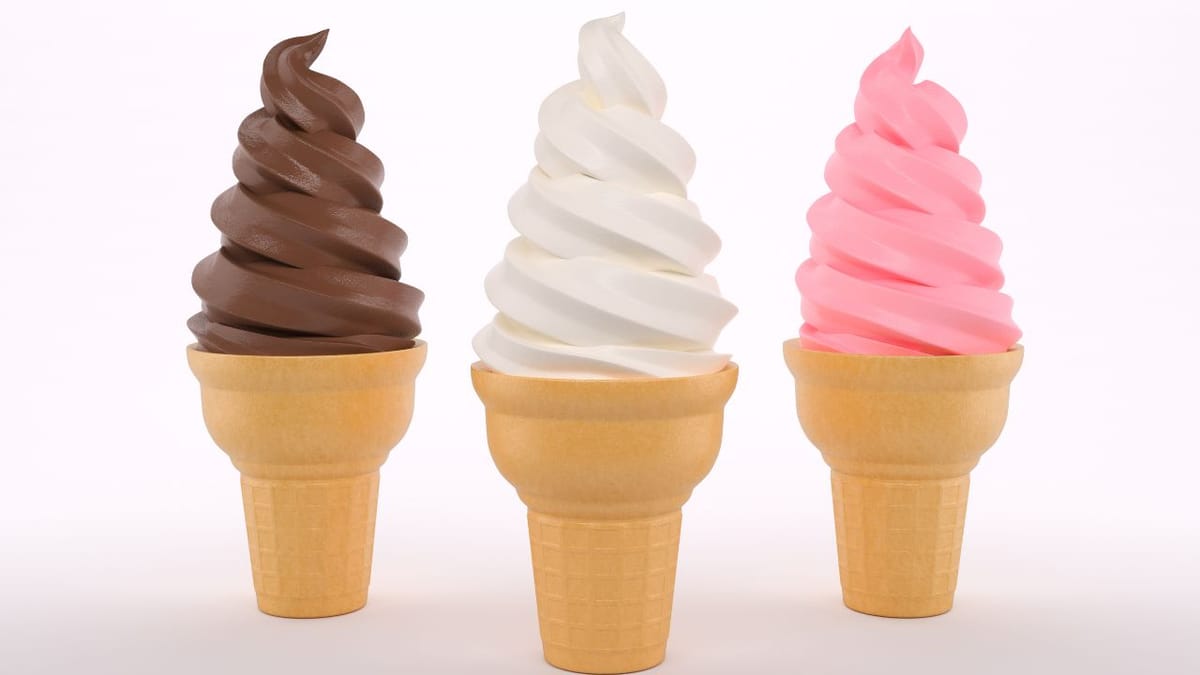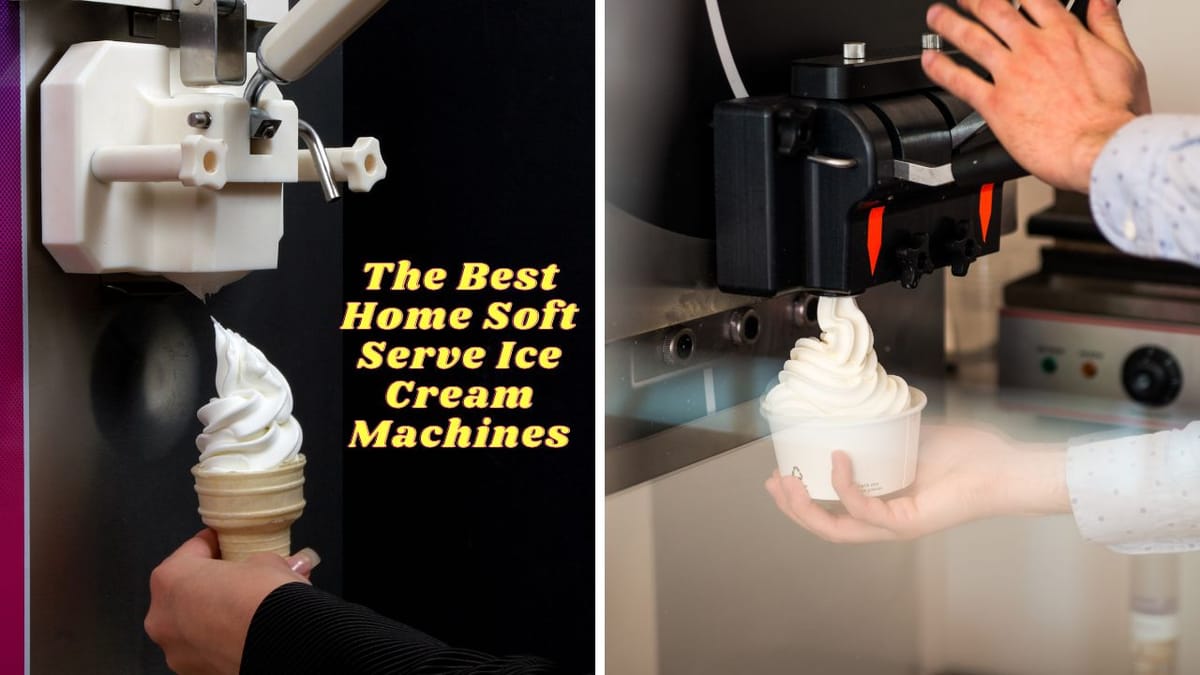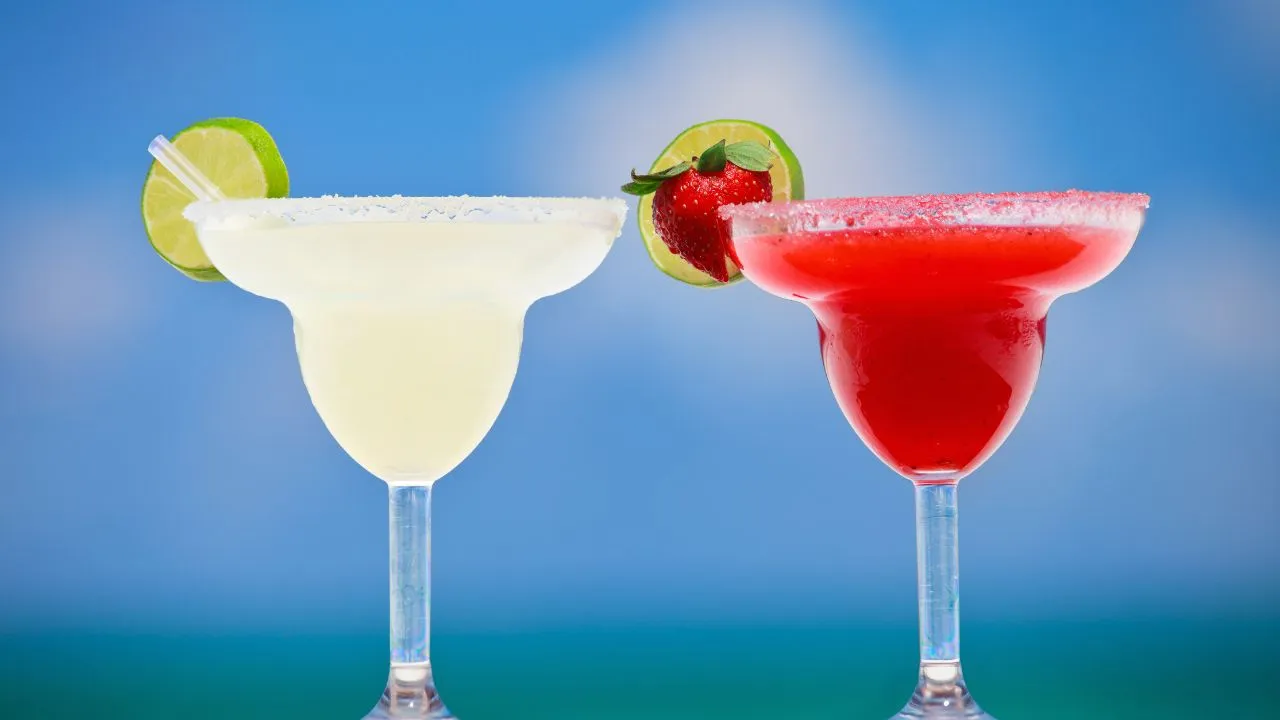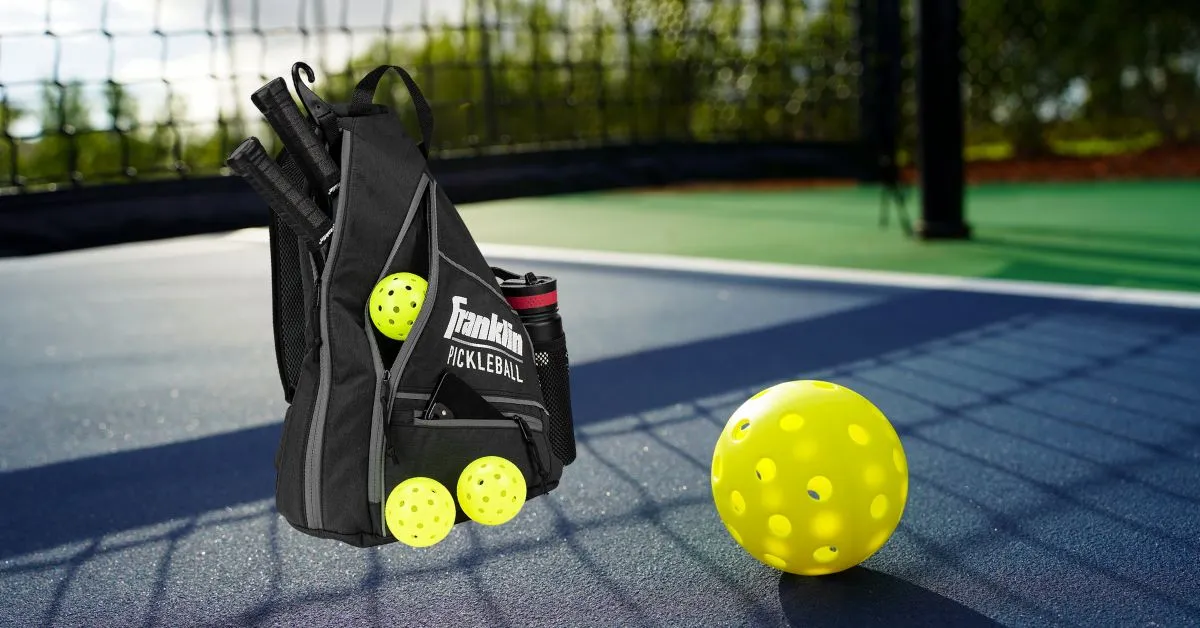Table of Contents
Ice cream is a beloved treat enjoyed by people of all ages around the world. Whether it's a classic scoop of vanilla or a swirled soft serve, the delight it brings is universal. However, the machines that produce these frozen desserts are not the same. This article will delve into the differences between ice cream machines and soft serve ice cream machines, providing a comprehensive understanding of their unique features and functionalities.
Key Takeaways:
- Ice cream machines and soft serve ice cream machinesg differ in their freezing process, consistency, and serving temperature.
- Maintenance and operation requirements vary between the two types of machines.
- Understanding the differences can help businesses choose the right machine for their needs.
With detailed and rigorous research, we provide our readers with the finest recommendations. Our recommendations are our opinions. Our cause is backed by reader support- for every click made through one of our affiliates links, a commission may be earned at no extra expense to you! As an Amazon Associate, Reviewsopedia may earn a commission from qualifying purchases. Thank you and enjoy!
The Freezing Process
The primary difference between ice cream machines and soft serve machines lies in the freezing process. Ice cream machines use a batch freezing method, where the mixture is churned and cooled simultaneously to create a semi-solid consistency before being stored in a freezer to harden. This process incorporates less air, resulting in a denser product.
Soft serve machines, on the other hand, employ a continuous freezing method. The mix is poured into the machine and frozen while being dispensed, which incorporates more air (known as overrun). This higher air content gives soft serve its lighter, smoother texture.

Consistency and Texture
Consistency and texture are key distinguishing factors. Ice cream produced by ice cream machines is firmer and more scoopable. The churning process in these machines is slower, which allows for smaller ice crystals to form, leading to a creamier texture.
Soft serve machines create a product that is softer and creamier due to the higher overrun. The constant churning at a higher speed results in a product that is ready to eat immediately after dispensing, with a texture that is not achievable in traditional ice cream machines.
Serving Temperature
Serving temperature is another critical difference. Ice cream machines dispense the product at a temperature that ranges from 16°F to 21°F, which is ideal for achieving a solid scoop that holds its shape. After dispensing, ice cream is typically stored in a freezer to maintain its consistency.
Soft serve is served at a warmer temperature, usually around 18°F to 25°F, which contributes to its softer texture. This temperature allows the soft serve to be easily dispensed in swirls and is not intended for long-term storage as it would lose its desired texture.
Machine Design and Components
The design and components of ice cream and soft serve machines also vary. Ice cream machines are equipped with a heavy-duty freezing cylinder and a powerful motor to churn the ice cream mix until it reaches the desired consistency.
Soft serve machines have a built-in refrigeration system that maintains a constant freezing temperature. They also feature dispensing handles that allow for the soft serve to be easily served with the characteristic swirl on top.
Capacity and Output
When it comes to capacity and output, ice cream machines are designed to produce larger batches of ice cream, which are then stored and served later. They are ideal for businesses that need to prepare ice cream in advance and in large quantities.
Soft serve machines have a smaller capacity but are designed for a continuous output, making them perfect for businesses that serve soft serve directly to the customer without the need for storage.
Maintenance and Cleaning
Maintenance and cleaning protocols differ significantly between the two types of machines. Ice cream machines require thorough cleaning after each batch is made to prevent bacterial growth and ensure the quality of the ice cream.
Soft serve machines need daily cleaning due to their continuous use. The machines must be disassembled, cleaned, and sanitized to maintain hygiene standards and prevent any potential contamination.
Operational Considerations
Operating an ice cream machine is generally more labor-intensive as it involves preparing the mix, overseeing the batch freezing process, and transferring the product to a freezer for storage.
Soft serve machines are more user-friendly, with simple controls for dispensing the product. They are designed for ease of use, allowing for quick service during busy periods.
Cost and Investment
The cost of ice cream and soft serve machines can be a significant factor for businesses. Ice cream machines are typically more expensive due to their larger size and the complexity of their components.
Soft serve machines, while still a considerable investment, are often less costly than traditional ice cream machines. They are also more cost-effective in terms of labor and serving efficiency.

Flavor and Variety
Ice cream machines offer the flexibility to create a wide variety of flavors, as each batch can be a different flavor. This allows businesses to offer a diverse menu to their customers.
Soft serve machines are usually limited to one or two flavors at a time, but they can easily offer a twist option by combining the two flavors. This limitation is due to the design of the machine, which typically has fewer flavor compartments.
Business Considerations
Choosing between an ice cream machine and a soft serve machine depends on various business considerations, such as the target market, desired product offering, and operational capacity.
Businesses that aim to provide gourmet, artisanal ice cream flavors may prefer ice cream machines, while those looking for a quick-service model with a limited menu might opt for soft serve machines.
Summary
The choice between an ice cream machine and a soft serve machine is not just about preference but understanding the technical differences that affect the final product. From the freezing process and consistency to serving temperature and operational requirements, each machine serves a specific purpose in the frozen dessert industry. Businesses must consider their needs, budget, and customer expectations when deciding which machine to invest in.
FAQ Section
Can soft serve be made in an ice cream machine?
Technically, soft serve can be made in an ice cream machine, but it will not have the same texture or overrun as when made in a dedicated soft serve machine.
How often should ice cream and soft serve machines be cleaned?
Ice cream machines should be cleaned after each batch, while soft serve machines require daily cleaning due to their continuous operation.
Is it more expensive to operate an ice cream machine or a soft serve machine?
The cost of operation can vary, but generally, ice cream machines may be more expensive due to the larger batches and storage requirements, while soft serve machines are designed for efficiency and may have lower operating costs.
Other Related Articles












